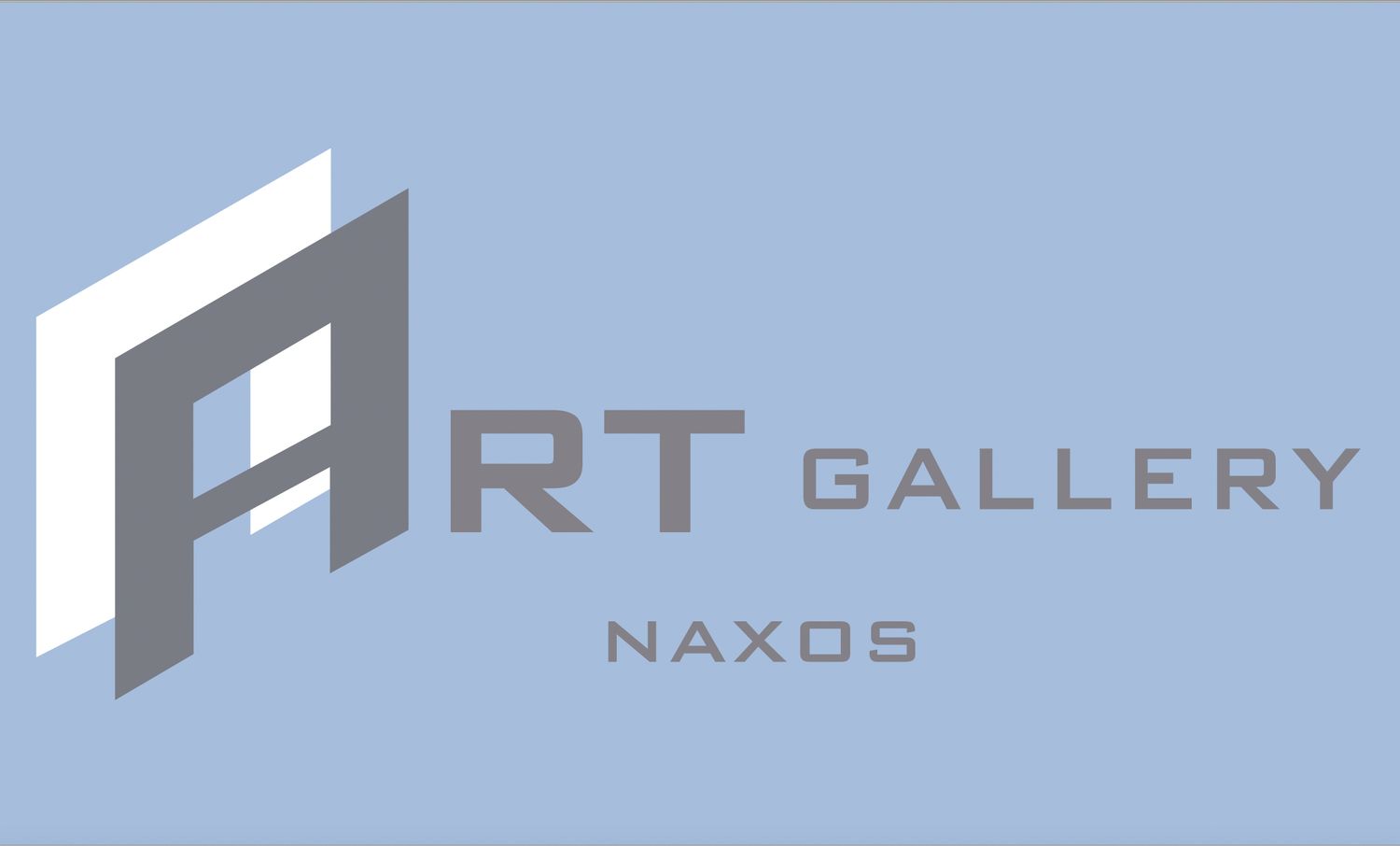 Image 1 of
Image 1 of


Composition in Red by Amando
Amando Composition in Red Gicle on cotton papere/A 61 x 44 unframed
Artist: Amando
Artist Description/Story
Armando was born in Amsterdam, and as child moved to Amersfoort. There he saw, during the German occupation of the Netherlands, how the Nazis set up a "transition camp" for prisoners who were to be sent to concentration camps. The suffering of the victims and the cruelty of the Nazi camp guards, so near his home, influenced him for the rest of his life.
After the liberation (1945), he studied art history at the University of Amsterdam.[2] His first solo exhibition was at the Galerie Le Canard, Amsterdam, in 1954. At this time he also started to write poetry. He was influenced by the CoBrA art group, and made abstract drawings with his left hand, in the dark. He was also influenced by Jean Dubuffet and Jean Fautrier, producing thickly impastoed paintings.
Amando Composition in Red Gicle on cotton papere/A 61 x 44 unframed
Artist: Amando
Artist Description/Story
Armando was born in Amsterdam, and as child moved to Amersfoort. There he saw, during the German occupation of the Netherlands, how the Nazis set up a "transition camp" for prisoners who were to be sent to concentration camps. The suffering of the victims and the cruelty of the Nazi camp guards, so near his home, influenced him for the rest of his life.
After the liberation (1945), he studied art history at the University of Amsterdam.[2] His first solo exhibition was at the Galerie Le Canard, Amsterdam, in 1954. At this time he also started to write poetry. He was influenced by the CoBrA art group, and made abstract drawings with his left hand, in the dark. He was also influenced by Jean Dubuffet and Jean Fautrier, producing thickly impastoed paintings.
Amando Composition in Red Gicle on cotton papere/A 61 x 44 unframed
Artist: Amando
Artist Description/Story
Armando was born in Amsterdam, and as child moved to Amersfoort. There he saw, during the German occupation of the Netherlands, how the Nazis set up a "transition camp" for prisoners who were to be sent to concentration camps. The suffering of the victims and the cruelty of the Nazi camp guards, so near his home, influenced him for the rest of his life.
After the liberation (1945), he studied art history at the University of Amsterdam.[2] His first solo exhibition was at the Galerie Le Canard, Amsterdam, in 1954. At this time he also started to write poetry. He was influenced by the CoBrA art group, and made abstract drawings with his left hand, in the dark. He was also influenced by Jean Dubuffet and Jean Fautrier, producing thickly impastoed paintings.
